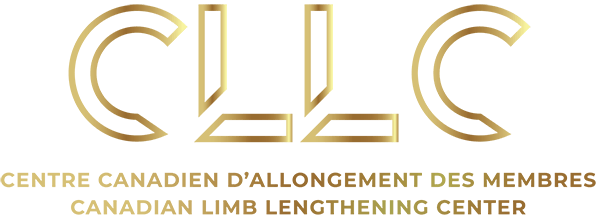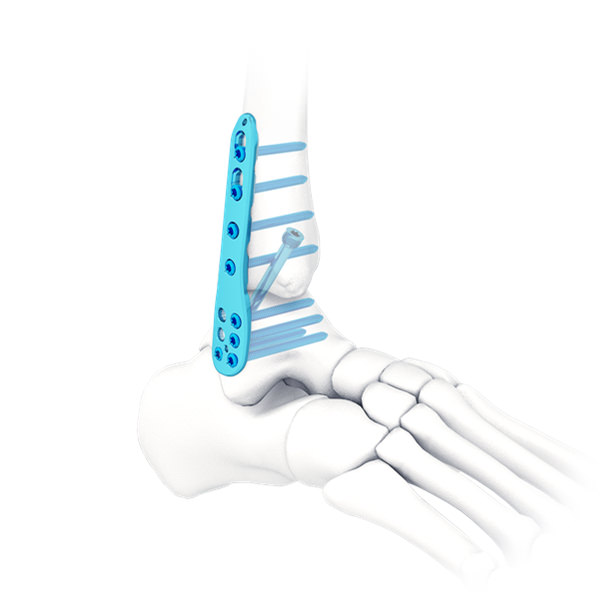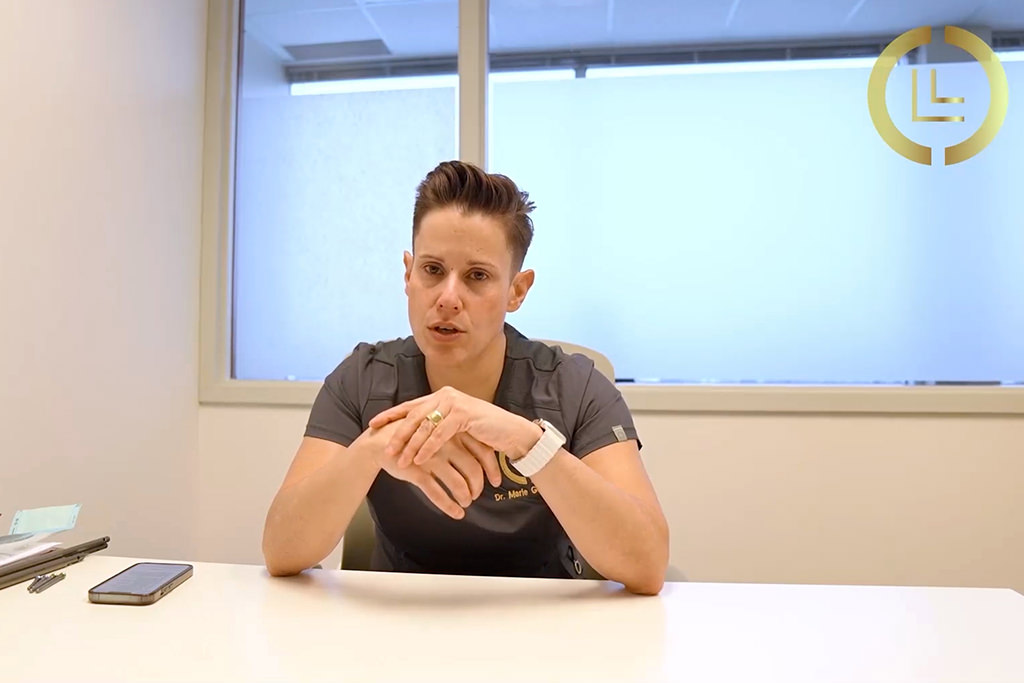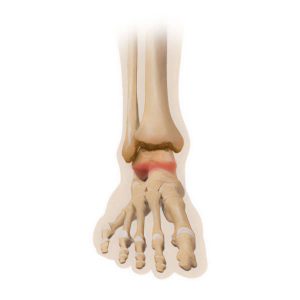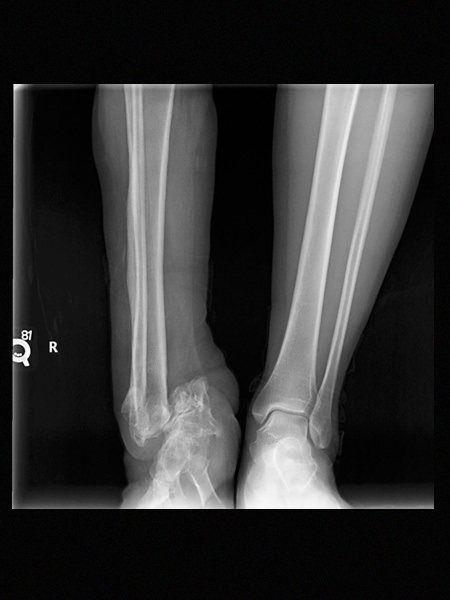Ankle and hindfoot fusion (arthrodesis) is the permanent stiffening of the bones, together with plates, screws and/or staples. The aim of fusion is to improve pain and function by removing arthritis and joint instability. After surgery, the pain caused by instability is eliminated as a result of complete motion restriction in the joint. Most patients find that losing range of motion in their ankle, is a fair trade off for pain relief and shoe wear modification with a rocker bottom shoe can help normalize their gait
Indications / Candidacy
Arthrodesis (bone fusion of 2 or more bones) of the ankle and hindfoot is commonly used to treat ankle and subtalar osteoarthritis and many types of painful foot deformities. With these conditions patients may experience severe pain, inflammation, and stiffness. Arthrodesis is indicated for patients who have been unsuccessful with more conservative forms of treatments.
Good Candidates for Arthrodesis of the ankle and hindfoot may have:
- Ankle or subatalar osteoarthritis
- Pain, decreased range of motion and swelling
- Wearing away of the articular cartilage
- Hardening of the surrounding bone
- Damage to the cartilage cells
- Failure to respond to more conservative treatment measures



Treated Conditions
The Canadian Limb Lengthening Center offers a team of experienced surgeons, nurses and physiotherapists that make patients feel supported throughout their entire treatment process. Our ability to treat complex orthopedic conditions with a holistic approach gives our patients the best possible outcomes. We pride ourselves in providing highly specialized, expert care. To learn more about ankle arthritis follow the links below:
Surgical Technique
Arthrodesis can be performed either arthroscopically (with a camera) or with a traditional open approach. Arthroscopic fusions are done using two small incisions at the front or back of the foot. An open technique may be performed from the front, back or lateral aspect of the foot.
- You will be given general anesthesia to ensure your comfort throughout the surgery. Once inside the ankle/foot, any remaining cartilage is removed from the targeted joints.
- The bones will then be joined in the correct position using compression screws or other hardware such as plates or hindfoot nails.
- If necessary, other acute deformity correction/osteotomies can be made in the area to ensure the foot and ankle are in a good position at the end of surgery.
- Local or regional anaesthetic agent may be injected, in order to reduce post-operative pain.
- Your surgeon will then close the muscle and skin layers of your ankle and foot with stitches and your leg will be placed in a cast.
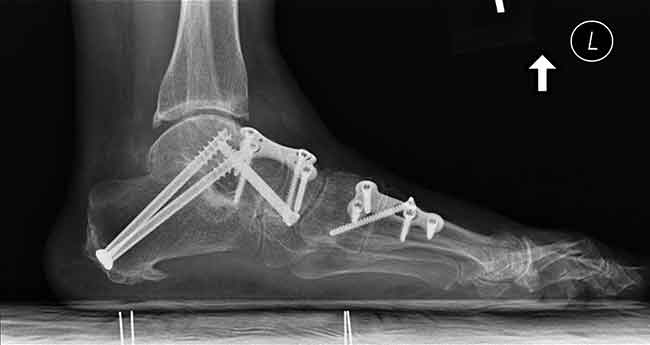
Results
A normal side effect from ankle and hindfoot fusion is reduced range of motion in the joint. For most patients this isn’t a major problem, as they are happy to have minimized or eliminate arthritic pain. Though range of motion is lost, pain relief allows most patients to return to activities that have been limiting. This increases function and mobility as well as tolerance for walking and decreased use of walking aids. A full recovery may take up to a year.
Potential Complications
As with any surgical procedure, arthrodesis to treat ankle arthritis and foot deformities can have difficulties and complications. In most cases, our team of specialists can address these concerns without compromising the end results or outcome. Complications and side effects may include:
- Infection
- Non-union
- Damage to nearby nerves
- Blood clot
- Misalignment of the bones
- New arthritis in nearby joints (this happens slowly over time and is a secondary effect of the fusion)
AM I A CANDIDATE?
Are you experiencing an orthopedic condition and would like to improve your physical capabilities?
Or you simply would like to achieve your long-lasting dream of improving your height?
Let us help you achieve your optimal health and wellness in a professional setting.
Let’s open up a discussion to help you achieve your goals.




Highly specialized expert care at CLLC
At the Canadian Limb Lengthening Centre we offer complex deformity correction and limb lengthening surgeries performed by experienced surgeons with the most up to date technologies. When it comes to your care, and treatment of deformity and limb length discrepancy, our surgeons have extensive training and experience.
